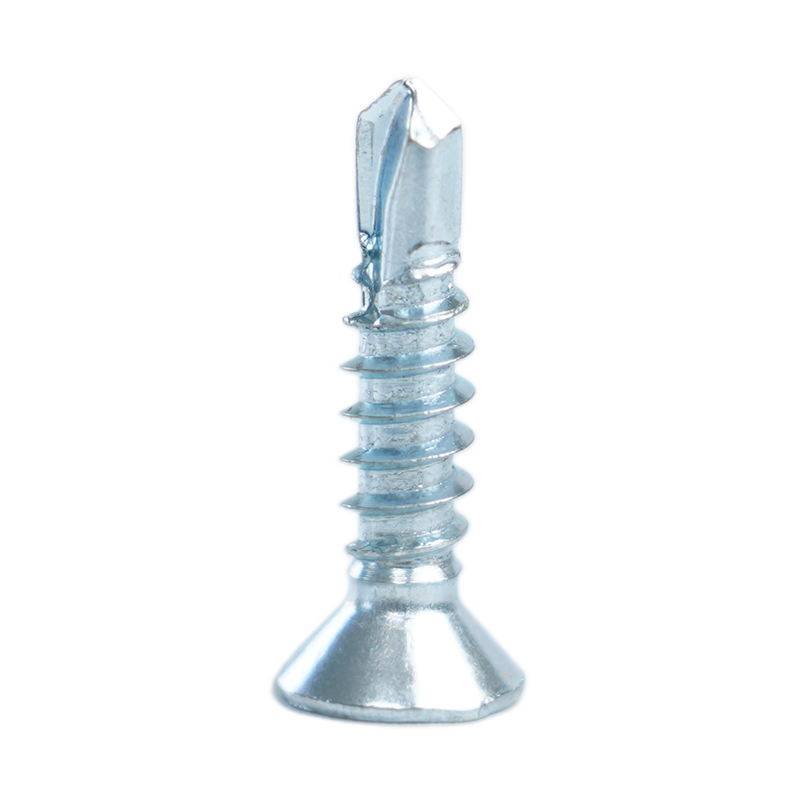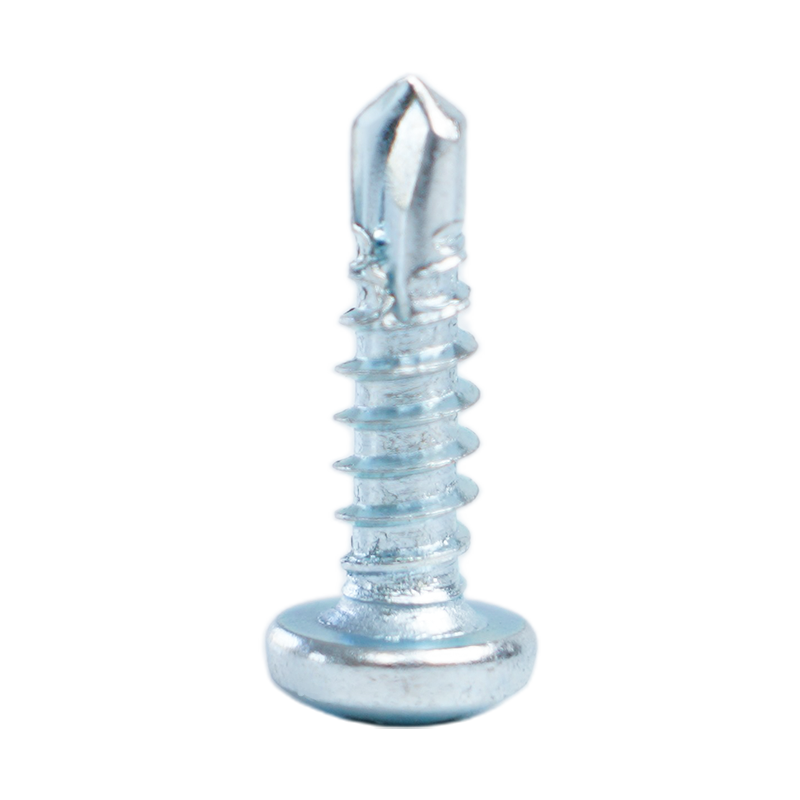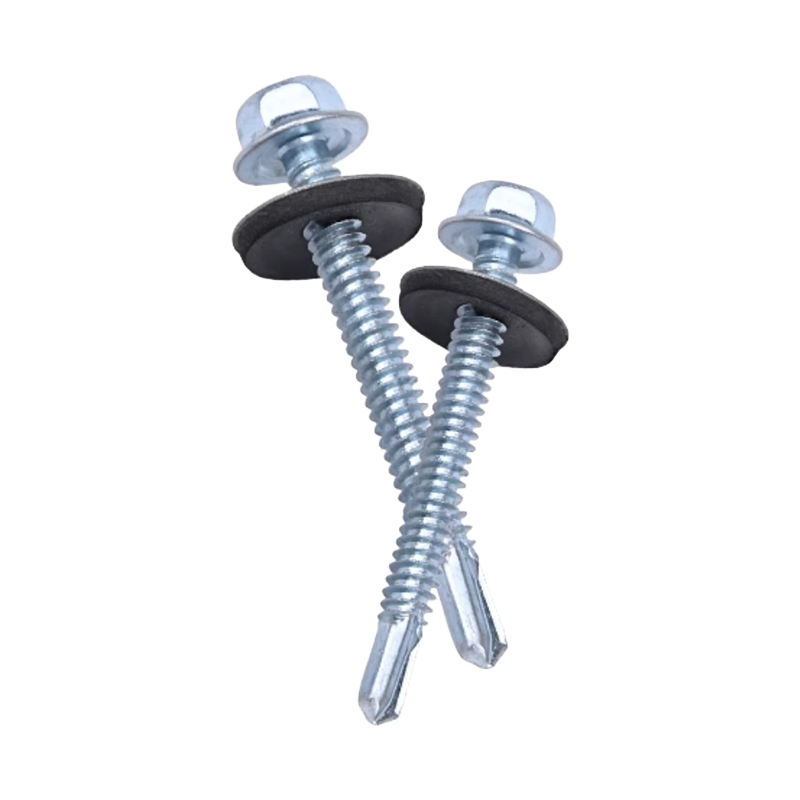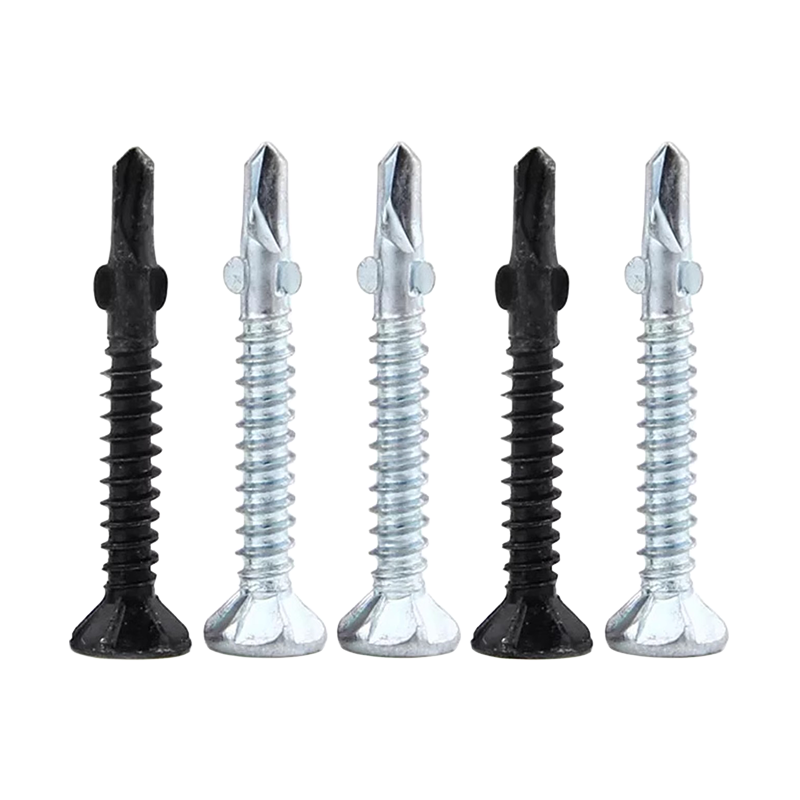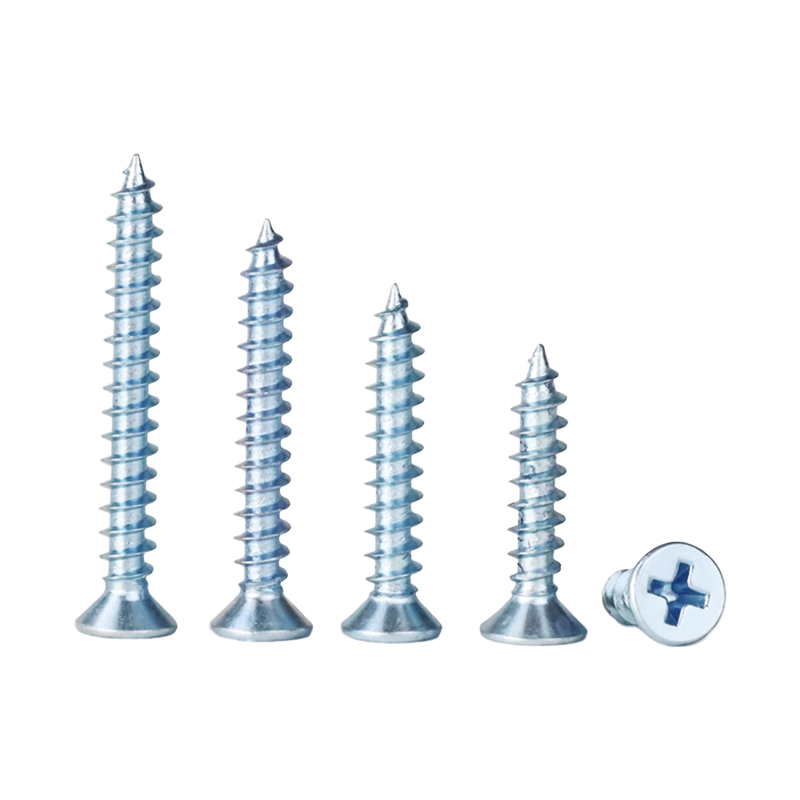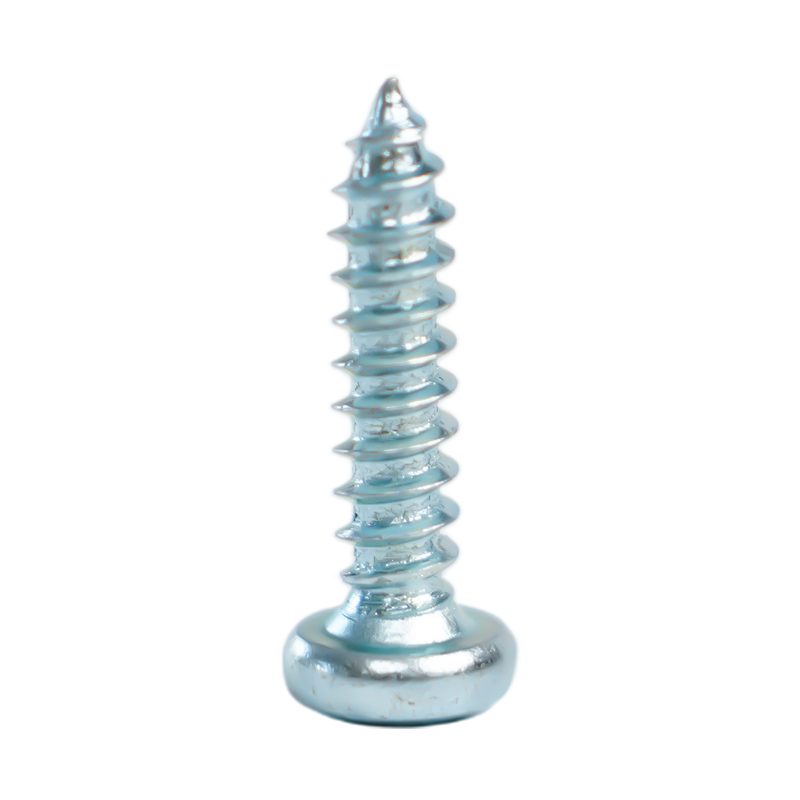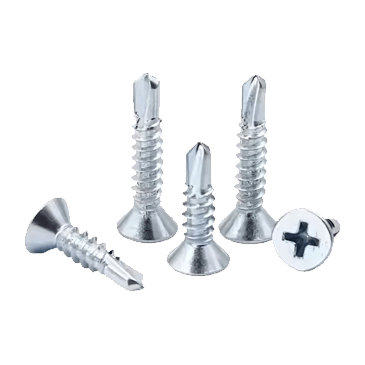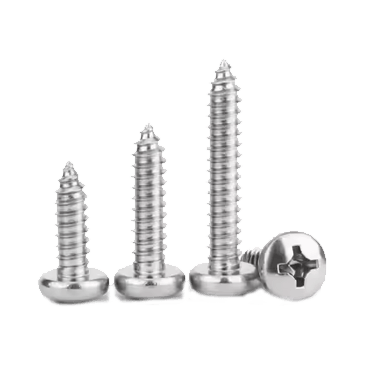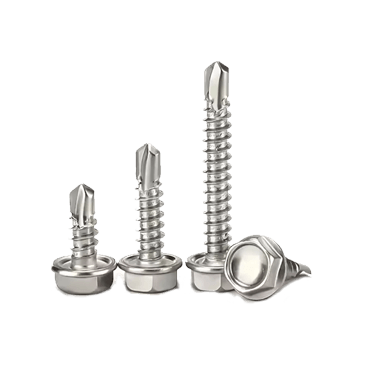In many fields such as construction, decoration and industrial maintenance, drilling on hard materials such as cement and concrete is a basic and critical task. Special Drill Bit for Cement Screws has become the core tool for completing such tasks with its excellent drilling efficiency. Behind its efficient performance, the application of high-strength alloy steel and exquisite structural design have contributed greatly. Next, we will explore in depth how these two major factors work together to help the drill bit achieve efficient drilling.
High-strength alloy steel: giving the drill bit a solid performance foundation
Synergistic strengthening of alloy elements
The reason why high-strength alloy steel has excellent performance is due to the synergistic effect of various alloy elements. The addition of manganese can significantly improve the strength and toughness of steel, and enhance the ability of steel to resist deformation and fracture when subjected to force. Silicon can strengthen ferrite, improve the hardness and strength of steel, and at the same time enhance the anti-tempering stability of steel, so that steel can still maintain good mechanical properties under high temperature environment. Nickel can not only improve the strength of steel, but also improve its toughness and corrosion resistance, especially in drilling operations in complex environments, to ensure the stable performance of the drill bit. The addition of chromium can form a dense oxide film, enhance the steel's anti-oxidation and corrosion resistance, and also improve the steel's hardness and wear resistance. These alloy elements cooperate with each other and are evenly distributed in the steel through a special smelting process, so that high-strength alloy steel has mechanical properties suitable for cement and concrete drilling operations.
Performance optimization of heat treatment process
Simply adding alloy elements is not enough to fully exert the performance of high-strength alloy steel. Heat treatment process is a key step in tapping its potential. Through quenching treatment, the steel is heated to a specific temperature and kept warm for a certain period of time and then quickly cooled, so that the internal structure of the steel changes, forming a martensitic structure, which greatly improves the hardness and strength of the steel. The subsequent tempering treatment is to heat the quenched steel to a certain range below the quenching temperature, keep warm for a certain period of time and then cool it, so as to eliminate the internal stress generated by quenching, reduce the brittleness of the steel, and improve its toughness and plasticity. After the dual treatment of quenching and tempering, high-strength alloy steel achieves a good balance of strength, hardness, toughness and plasticity, providing a solid material guarantee for the drill bit to drill holes efficiently on hard materials.
Performance advantages in drilling
The high strength characteristics of high-strength alloy steel enable it to withstand the huge cutting force from hard materials such as cement and concrete during the drilling process. When the drill bit drills into the material, the steel is not easy to deform, ensuring that the drill bit always maintains a stable cutting state, so as to continuously and efficiently perform drilling operations. Its good toughness prevents the drill bit from breaking easily when encountering hard foreign objects such as stones and steel bars or uneven structures inside the material, reducing the risk of damage to the drill bit and ensuring the smooth progress of drilling work. The higher wear resistance effectively reduces the degree of wear of the drill bit during long-term drilling, prolongs the service life of the drill bit, reduces the time cost and economic cost of frequent replacement of the drill bit, and further improves the overall drilling efficiency.
Reasonable structural design: the key to optimizing the drilling process
Sophisticated design of the drill tip
The drill tip design of the cement screw special drill bit is very ingenious. The top angle of the drill tip has been precisely calculated and repeatedly tested. It can concentrate the cutting force at one point at the moment the drill bit contacts the material surface, forming a strong impact force, easily breaking through the hard layer on the surface of the material and quickly cutting into the material. The appropriate back angle design effectively reduces the friction between the drill bit and the hole wall while ensuring the strength of the drill tip. Reducing friction can not only reduce the generation of cutting heat and avoid the performance degradation of the drill bit due to overheating, but also reduce the resistance during drilling, making the drill bit rotate more smoothly and increasing the drilling speed. The optimized chisel bevel angle enhances the centering ability of the drill bit, allowing the drill bit to be accurately positioned in the initial stage of drilling, preventing deviation during the drilling process, and ensuring the accuracy and efficiency of drilling.
The exquisite structure of the spiral groove
The spiral groove is an important part of the structure of the special drill bit for cement screws. Its depth, width and spiral angle have been carefully designed and optimized. The deeper and wider spiral groove provides sufficient space for the debris generated during the drilling process. When the drill bit rotates to drill, the spiral force generated by the spiral groove can push the debris upward and discharge it out of the hole in time. Effective chip removal avoids the accumulation of debris in the hole, prevents the debris from hindering the advancement of the drill bit, reduces the friction and wear between the drill bit and the debris, ensures that the drill bit always cuts in the best state, and continuously and efficiently completes the drilling task. Reasonable spiral angle design optimizes the effect of spiral force, further improves chip removal efficiency, reduces drilling resistance, and improves overall drilling efficiency.
Stable connection design of the shank
The stable connection between the drill shank and the drilling equipment is an important prerequisite for ensuring the efficient operation of the drill bit. The shape and size of the shank are perfectly adapted to the interface of equipment such as electric drills and impact drills. Through tight mechanical bite or special connection methods, it is ensured that there will be no loosening or slipping between the drill bit and the equipment during the drilling process. The stable connection can fully and stably transmit the power of the drilling equipment to the drill bit, so that the drill bit always maintains a stable speed and torque. Stable power transmission ensures the stable output of the drill bit cutting force. Whether it is shallow hole drilling or deep hole drilling, it can maintain efficient cutting performance, thereby achieving efficient and accurate drilling operations.
Synergy between materials and structures: Unleashing the potential for efficient drilling
High-strength alloy steel and reasonable structural design do not work independently, but cooperate with each other and synergize to jointly release the high-efficiency drilling potential of cement screw special drill bits. During the drilling process, high-strength alloy steel, with its high strength and high toughness, withstands the huge cutting force and impact force from the material, maintaining the stability of the drill bit's shape and structural integrity. The exquisite design of the drill tip can make full use of the performance of the steel, maximize the cutting ability of high-strength alloy steel, and quickly cut into the material. The exquisite structure of the spiral groove can timely discharge debris while maintaining stable cutting of the steel, reduce wear on the drill bit, and further extend the service life of the drill bit made of high-strength alloy steel. The stable connection design of the shank ensures that the power of the equipment can be effectively transmitted to the high-strength alloy steel drill bit, so that the drill bit can obtain sufficient and stable power support throughout the drilling process, and continuously and efficiently perform drilling operations.
From large-scale wall drilling at construction sites, to small-hole drilling for installation of various facilities in home decoration, to drilling tasks under complex working conditions in the field of industrial maintenance, cement screw special drill bits rely on high-strength alloy steel and reasonable structural design to show excellent and efficient performance in hard material drilling operations. This high efficiency not only improves work efficiency and reduces construction costs, but also provides reliable guarantees for the smooth development of various projects, making it an indispensable and important tool in the field of hard material drilling. With the continuous advancement of technology, the performance of high-strength alloy steel will be further improved, and the structural design of the drill bit will be further optimized. The high-efficiency drilling ability of cement screw special drill bits is expected to be further enhanced, bringing more convenience and possibilities to drilling operations in various fields.

 +86-15052135118
+86-15052135118 

 Español
Español
 Get In Touch
Get In Touch


